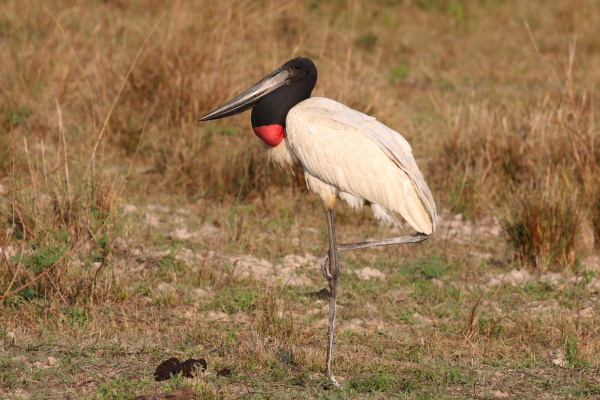Facts About Jabiru
The jabiru is a remarkably large stork native to the Americas, with its range extending from Mexico to Argentina. Occasionally, one might even be spotted in the United States. This bird is particularly common in regions such as Brazil's Pantanal and the Eastern Chaco of Paraguay.
Interestingly, the jabiru is the sole species in its genus, and its name translates to "swollen neck" in the Tupi-Guaraní language. First described in 1819, the jabiru has some close relatives in the Old World. In Portuguese, it is known by several different names.
Physically, the jabiru holds the distinction of being the tallest flying bird in South and Central America. It is notable for its impressive wingspan and the marked differences between males and females. In terms of diet, this bird primarily feeds on fish, mollusks, and amphibians, yet it is an opportunistic feeder and will also consume reptiles, bird eggs, and carrion.
Jabirus are social nesters, typically establishing their nests near water bodies in groups. Both parents take turns incubating the eggs and continue to care for their young well after they hatch. Although not overly abundant, the jabiru is currently classified as a species of least concern in terms of conservation status.
Protections are in place for the jabiru in several areas, including Belize, and it is also covered under the U.S. Migratory Bird Treaty Act. Despite its broad range, ongoing efforts are in place to monitor and safeguard the jabiru population.
